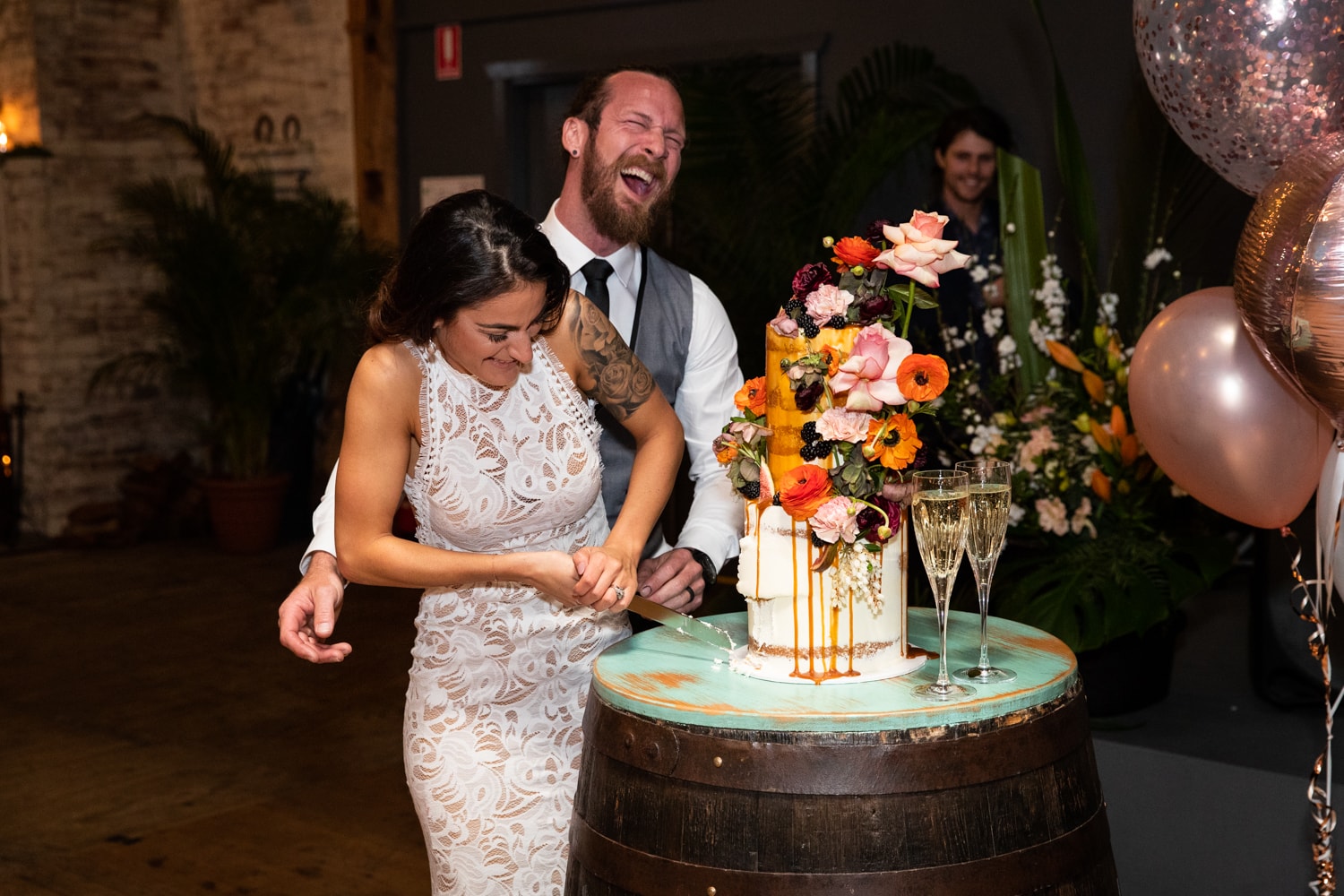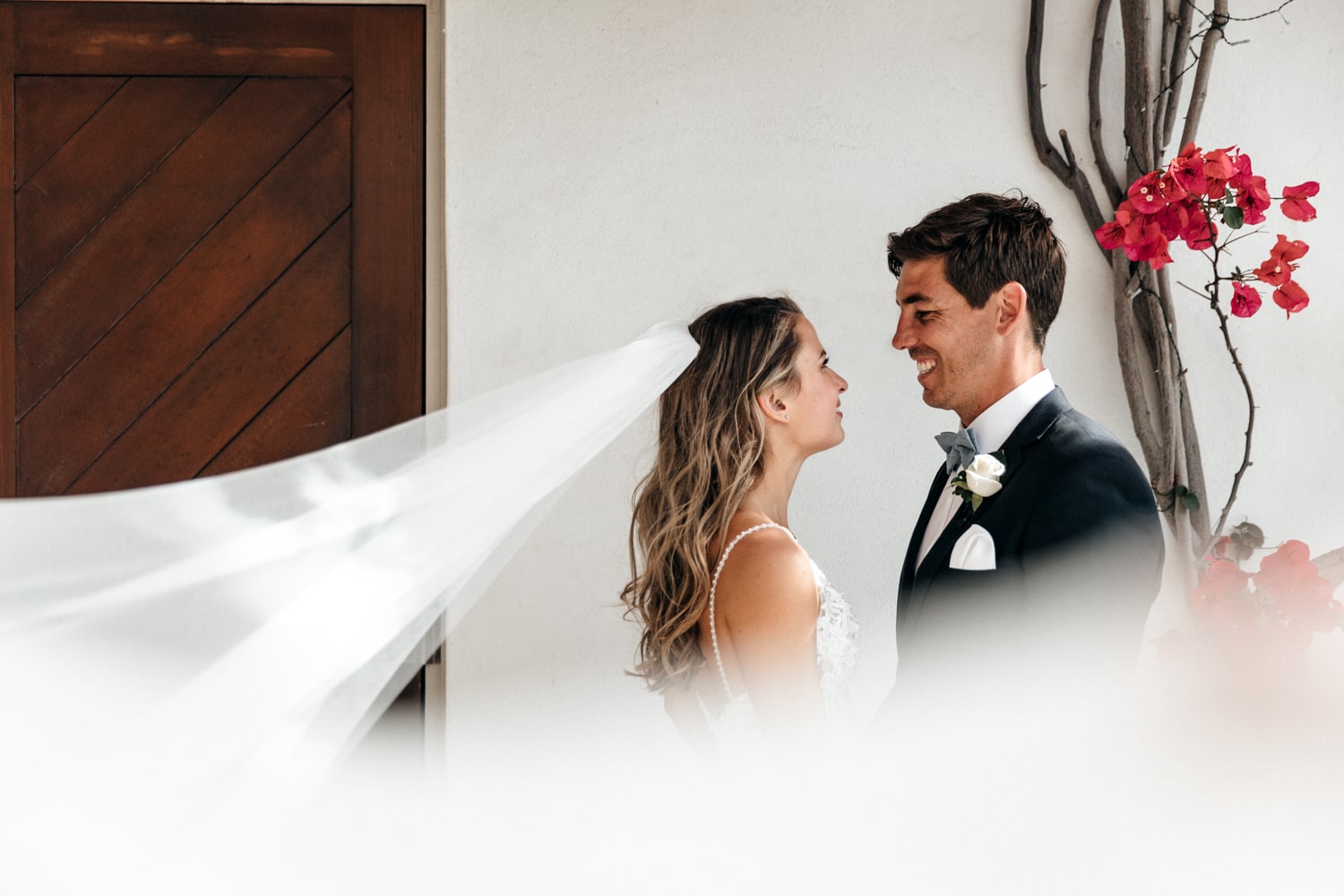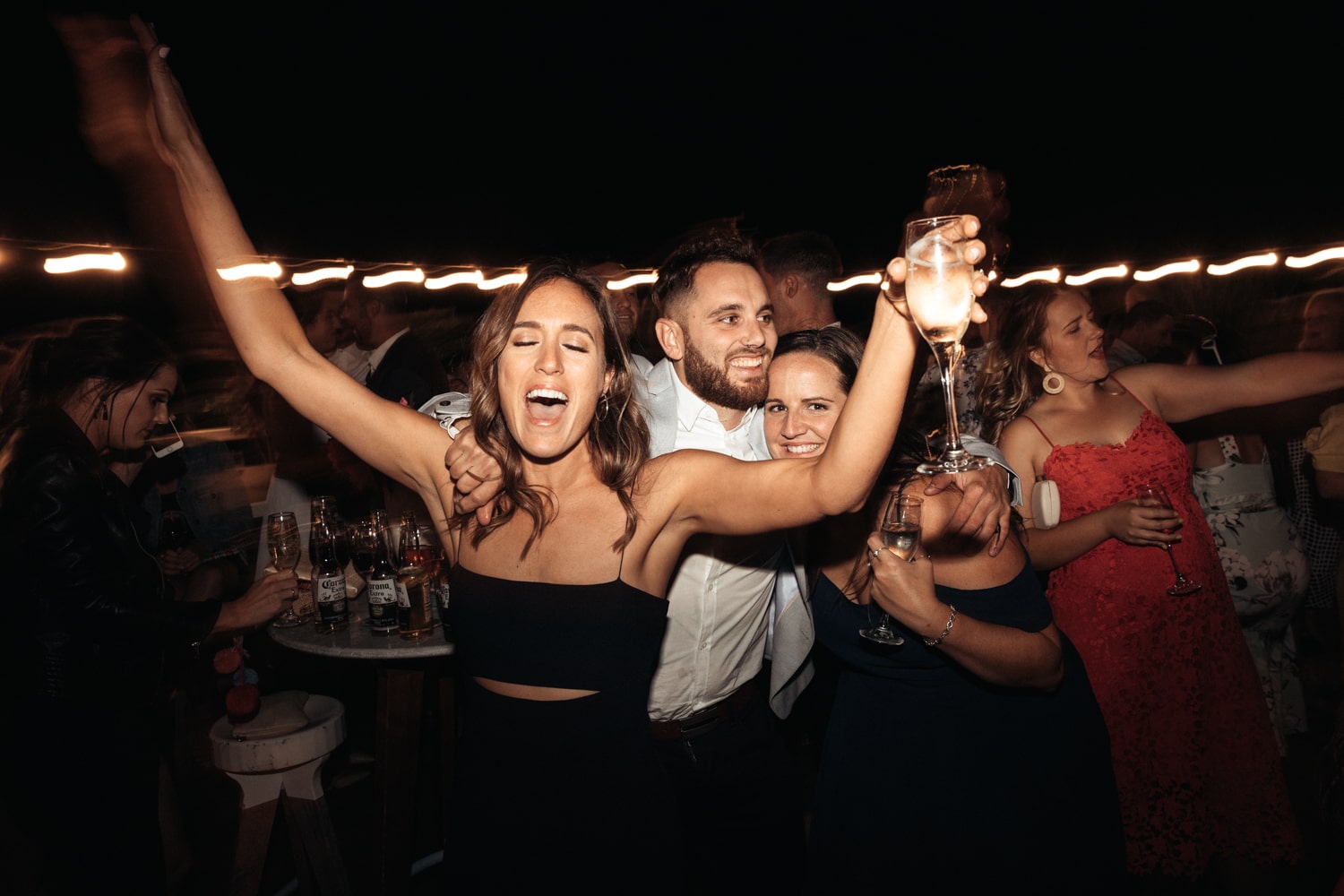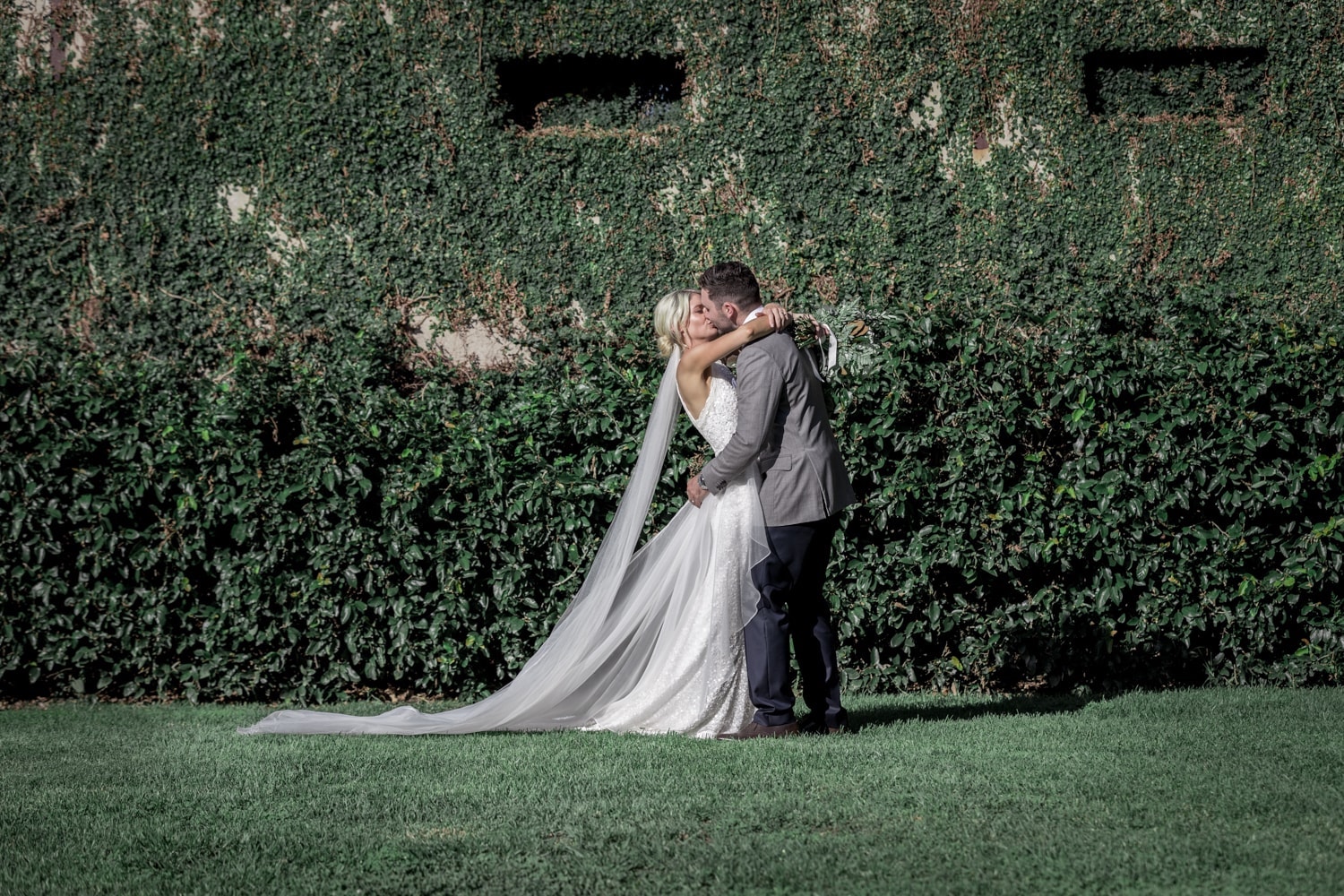How To Create A Wedding Day Timeline
Submit an Enquiry
Wedding Photographer
Richard Johnston
At Lonely Hunter, we only photograph a limited number of weddings each year and do book out quite far in advance.
Don't leave it until we are already booked before you decide to make an enquiry..
Creating and organising a wedding day timeline can make your head boggle. Especially if you aren’t familiar with the process of a wedding day. Normally this is something your wedding planner would take care of. However, not everyone has the budget to employ a planner. In this circumstance, the bride and groom may then look to the photographer for advice.
If your photographer is a professional then they should be more than happy to give you a hand with this. Photographers can often put extra work into making sure a wedding runs smoothly and that’s why wedding photography costs so much. Out of all the vendors you chose for your wedding day, the photographer will spend the most amount of time with the couple. The quality of a photographer’s delivered package can also be somewhat dependant on how well a wedding day timeline is constructed. So in most cases, your wedding photographer should be happy to help get this right for you as a well-organised timeline will work in their favour.
Why You Need A Timeline Guide
Usually, a venue is one of the highest priority items on a couple’s to-book list. So what happens if you need to lock in a timeslot for your ceremony but you haven’t booked a planner or a photographer yet? Well, that’s where this guide is going to come in handy. The wedding day timeline can be quite different based on each couples needs and requirements. The same will go for how a photographer or planner structures a wedding day timeline. This is why the formula that we are going to share is just a general guide for planning the day’s events. Hopefully, it will shed some light on how to organise this very important piece of the puzzle. It’s advised that when you book a wedding planner or photographer you still have a chat with them and make sure everything is as it should be.
Organising A Wedding Day Timeline
When it comes to organising your wedding day timeline it can feel a little backwards. But that’s because we plan it this way. We usually start with the end of the day and then work our way backwards from there.
Where To Begin (location shoot)
The first thing to identify is the time of sunset on your given date. If you are based in Australia, you can easily find your sunrise and sunset times here.
In most cases, the hour prior to sunset is the best time of day for photos. This is when the light will look most flattering on you. If the sunset occurs during your reception and you want to take advantage of it, then you should leave a 15 minute window to step outside. Your reception won’t need to stop, as you’ll be back in no time. If you fall into this category, then you should leave an additional hour following your ceremony and family portraits for some location photos with your bridal party.
On the other hand, should sunset occur before your reception starts, you should allow roughly 1.5hrs for the location shoot prior to this. Some photographers may require more time and others may require less. On average your photographer should only need an hour to get this done. However, an additional half an hour can be a good buffer for the following reasons.
- If you’re planning on having your location/portrait photos done in the city or a forest, you may lose light half an hour earlier than if you were in an open field.
- If it’s cloudy or overcast on the day you will also begin to lose light half an hour earlier.
- The extra time will mean you can relax and enjoy a drink with your bridal party rather than getting straight into photos.
Travel Time
Are you getting married at the one location or does your wedding day timeline involve multiple locations? If your wedding day is taking place at one venue only and no travel is required, then you can skip this step. Alternatively, if you need to travel from A to B then don’t forget to make an allowance for this. It may also be advised to add an additional 10 – 15mins onto the travel time. This should allow for any traffic/accidents or unforeseen events which could occur in transit.
Family Portraits & Group Photo
After making an allowance for travel (if required), you will need to set some time for family formals following your ceremony. In most cases, this will be done immediately after your ceremony (at the same location). Its advised to have a list of family portrait combinations that you want on hand. If possible, have a family member help round these people up. This will mean that your family formals can be done as efficiently as possible. On average, family portraits should only take around 45mins (depending on wedding size). It can seem like a lot of time for portraits, but this will also include the group photo and an allowance for congratulations.

The Ceremony
This can be somewhat of a variant. The duration of a ceremony will usually depend on the celebrant or priest. According to celebrant Meggan Brummer, a ceremony is best when it’s punchy, engaging and meaningful. She suggests keeping it around the 20-minute mark. But while some ceremonies may be done in 20mins, other religious ceremony’s may take 50mins, so it’s best to talk with your celebrant or church and ask how long they expect their ceremony to run for.
Travel Time
Once again, if your wedding day involves travel, don’t forget to allow another period for this when the time comes to go from your bride/groom prep to the ceremony.
Bride & Groom Prep
The time required can vary from couple to couple and photographer to photographer. On average we like to allow 2 hours for the bride prep and 1-2 hours for the groom prep. Some additional travel time may be needed if you want both bridal parties photographed and there is only one photographer. In this instance, each bridal party should look for a prep location (home or hotel) that is relatively close to each other. This time frame will give the photographer plenty of opportunity to photograph all the details, the entire bridal party getting ready and include some time for creative shots without everything feeling too rushed. After all, you want the process of getting married to be relaxed and fun, not rushed and stressful.
The Reception
So you should now have the majority of your wedding day timeline organised. From the bride/groom prep all the way through to sunset. It’s now time to tack your reception onto the end and see how it all looks. Most receptions will have a cocktail period for guests before they enter the room. While this is taking place it will give the photographer some time to take care of your room and detail shots. Depending on the venue, guests will often enter a reception around 6 – 6.30pm. The duration of your reception will depend on how long you book the venue for. It will also depend on what time their license of operation runs until. In most cases, your reception should slot in nicely after sunset or your location photos. If sunset doesn’t occur until later in the evening then you will still have that small window for photos that we spoke about at the start of this guide.
In Summary
Bride prep: 2hrs
Groom prep: 1-2hrs
Travel: ?
Ceremony: 20-50 mins
Family Formals: 45 mins
Travel: ?
Location photos (Not affected by Daylight Savings) – 1.5hr prior to sunset time
Location photos (Daylight Saving affected couples): 1hr following family portraits + 15 mins during the reception
Travel: ?
Reception – Onwards

Conclusion
At Lonely Hunter Weddings, we are always there to help our couples through the process. Not everyone’s day will be exactly the same. This is only intended to be a guide. Our goal is to ensure that each and every couple has a wonderful, stress-free day while we capture some beautiful memories.


